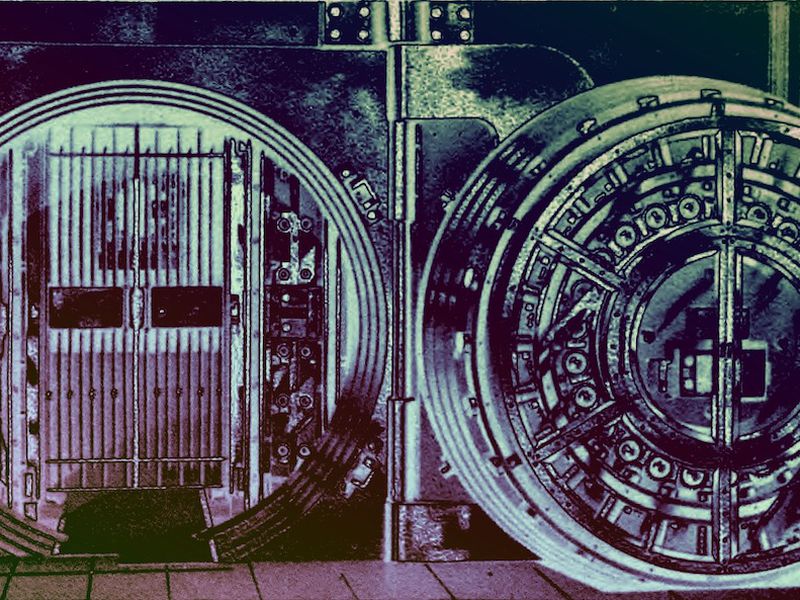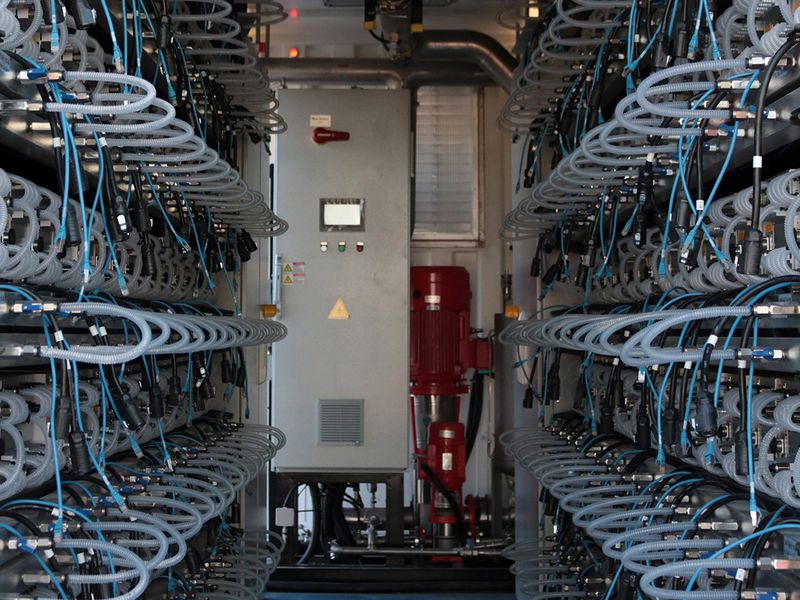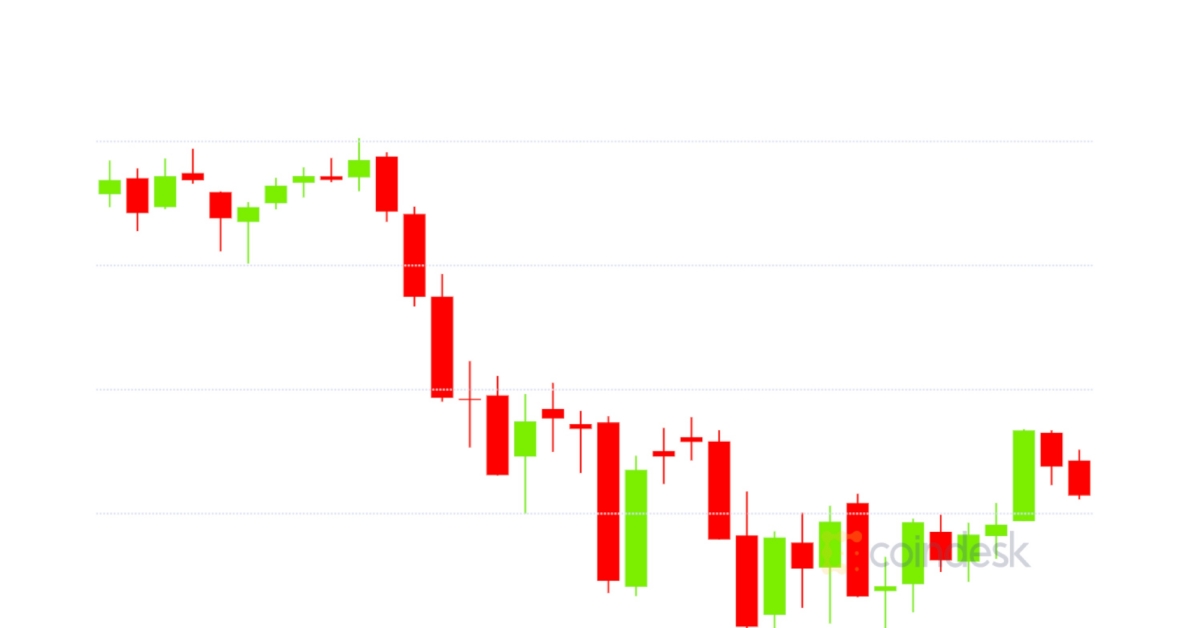Coinbase CTO: Time May Be Right for Home Crypto Mining

Timing is everything, even in crypto.
That’s why a notable pioneer in consumer bitcoin mining is backing a startup seeking to take another stab at popularizing at-home crypto mining, a business with a long history of abrupt ends for early entrants that includes some of the industry’s best known busts (Butterfly Labs, Alpha Technology and GAW Miners among them).
Still, Coinbase CTO Balaji Srinivasan is betting a new startup called Coinmine, which announced pre-orders for its first home miner on Wednesday, might be able to reverse this trend.
Srinivasan said:
“The big difference with decentralized mining in 2018 is that there are now so many different coins and tokens out there that it’s almost certainly possible to make a profit – or at least mine a decent amount of some crypto – via a decentralized home mining device like Coinmine.”
It’s a notable perspective given that Srinivasan previously founded 21.co, a startup that emerged from stealth in 2015 with an ambitious plan to embed bitcoin miners in everyday devices. With that experience in mind, Srinivasan backed Coinmine during its angel round, while the company was still very much under wraps.
With its announcement, it revealed that Coinbase Ventures is now also a backer.
No stranger to home mining, 21.co attempted to foster an ecosystem of home mining by building the 21 Bitcoin Computer, built both to mine and run bitcoin-based apps.
21.co retired support for the device in 2017 and later pivoted to become Earn.com, a company that allowed people to earn bitcoin for replying to emails and completing other tasks. Earn was later acquired by Coinbase, at which point Srinivasan took on his current role.
More coins, more opportunities
Still, underlying the investment is Srinivasan’s belief in a diversified crypto economy.
Despite his prior company’s pivot away from mining, Srinivasan believes that crypto has changed in two substantial ways that make home mining more feasible in 2018 than 2015.
“Back in 2015 only bitcoin had any significant share, so the viability of any decentralized mining approach was benchmarked against BTC alone as opposed to 1,000-plus new digital assets,” he said.
Thanks to a boom that has brought to market thousands of cryptocurrencies, the technology’s enthusiasts don’t have to compete futilely against Bitmain and other giant pools.
“The big difference with decentralized mining in 2018 is that there are now so many different coins and tokens out there that it’s almost certainly possible to make a profit – or at least mine a decent amount of some crypto – via a decentralized home mining device like Coinmine,” Srinivasan wrote.
BoostVC cofounder Adam Draper spoke to similar themes when he told CoinDesk he’d backed his 100th crypto startup. He pledged to back 100 bitcoin startups in 2015, but he also saw the industry change into one where there was more to crypto than bitcoin.
Innovative new coins alone would not be enough to make Coinmine worth it, though. Srinivasan said it’s also important that so many of these new tokens have been judged worthy enough by the market to maintain significant valuations.
Srinivasan sees Coinmine as a bet on more worthwhile coins to come. “There will likely always be some asset or set of assets that Coinmine can mine which makes a profit,” he wrote.
Changing with the times
Remote updates will be key to Coinmine’s success, in Srinivasan’s view.
He’s optimistic about Coinmine’s ability to add new coins later, and he foresees a future where the company could play a key role in launching new tokens. He said, “If Coinmine gets to substantial scale, you might even see some new digital assets in the future with ASIC-resistant hash functions launching directly on Coinmine.”
Notably, the system is built to run two tokens: one proof-of-work, one proof-of-stake, though the latter will only be enabled with updates coming in 2019. The anticipated networks for staking currently listed on its website are: tezos, casper, dfinity, filecoin, spankchain, polkadot, cosmos and foam.
Still, users will pay a high price for that ease and convenience. As CEO Farbood Nivi explained to CoinDesk, Coinmine will automatically put users into mining pools. It’s one more way of making the product plug-and-play, but it also cedes a significant amount of control.
Further, the company will take a 5 percent cut of users’ earnings as they mine, according to a spokesperson for Coinmine.
As expected, hardcore crypto enthusiasts cast a lot of doubt on the new product’s potential for return on investment. Rob Paone’s tweet was representative, contending that for a $799 user, users could expect to earn roughly $5 per day, not counting whatever electricity costs accrued.
“Sounds like it’s more of a fun/hobby purchase than a purchase for expected return,” Paone wrote.
That does seem to be the market Coinmine is aiming for: people for whom $799 is not a major investment and who believe in crypto enough that they think it will eventually see major gains (but also aren’t interested enough to learn how to run their own rigs).
Srinivasan agreed, arguing that crypto should welcome Coinmine into the market as a new resource for increasing the security of various networks.
He wrote:
“I believe that decentralized mining is an important idea and worth trying again. It’s mining as Satoshi intended: many devices around the world with no single point of failure.”
Balaji Srinivasan image via CoinDesk Consensus 2016 archive








